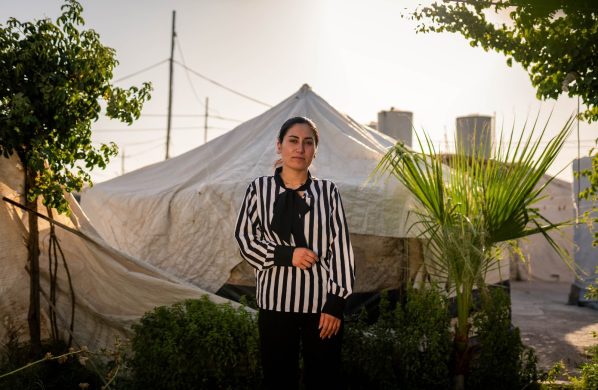NEW YORK, 11 August 2017 (UN News): More than 600,000 displaced Syrians returned home in the first seven months of 2017, the United Nations migration agency and partners have found.
Findings by the International Organization for Migration (IOM) and partners indicate that 84 per cent of the people returning had been displaced within Syria, and the rest returned from Turkey, Lebanon, Jordan and Iraq. Refugees returning from Turkey and Jordan reportedly returned mainly to Aleppo and Al Hasakeh Governorates.
An estimated 27 per cent of the returnees stated that they did so to protect their assets or properties and 25 per cent referred to the improved economic situation in their area of origin.
Other factors included the worsening economic situation in the place where they were seeking refuge, at 14 per cent; social or cultural issues such as tribal links, political affiliations or any obstacle preventing integration in their area of displacement, at 11 per cent; and the improvement of the security situation in their area of return, at 11 per cent.
Half of all returns in 2016 were to Aleppo Governorate. The report shows that similar trends have been observed in 2017. Consequently, an estimated 67 per cent of the returnees, or 405,420 individuals, returned to Aleppo Governorate, with 27,620 returning to Idleb Governorate, and 75,209 to Hama Governorate, 45,300 to Ar-Raqqa Governorate, 21,346 to Rural Damascus and 27,861 to other governorates.
Aleppo city received the most returnees.
De fleste vender hjem til deres eget hus
Reports also find that 97 per cent returned to their own house, 1.8 per cent are living with hosts, 1.4 per cent in abandoned houses, 0.14 per cent in informal settlements and 0.03 per cent in rented accommodation.
About 83 per cent and 80 per cent of returnees said they have access to food and household items, respectively. But only 41 per cent have access to water and 39 per cent to health services – a dangerously low level – as the country's infrastructure has been extremely damaged by the conflict.
While trends of returns increase, Syria continues to witness high rates of displacement. From January to July 2017, an estimated 808,661 people were displaced, many for the second or third time, and over 6 million in total currently remain displaced within the country.
Returns have mainly been spontaneous but not necessarily voluntary, safe or sustainable. As such, they cannot, at present, be considered a durable solution.















